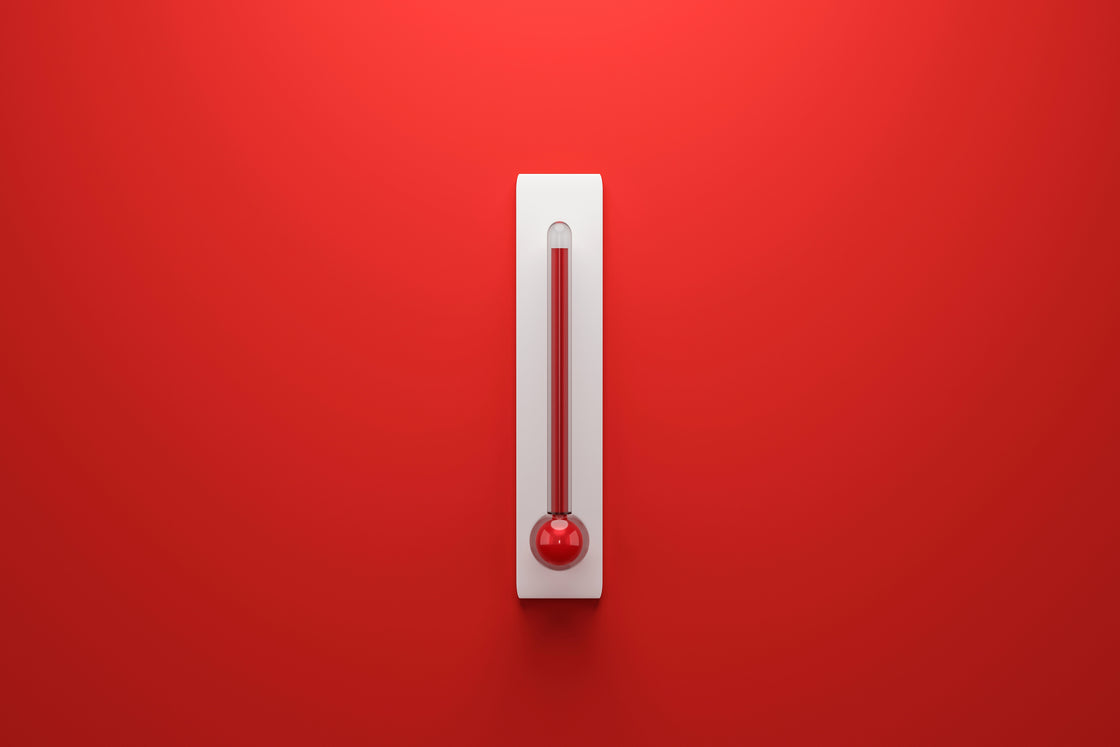If you don’t know much about manuka honey, one thing you probably will be aware of is its higher than average price point. Manuka honey is a big deal in the health world, made all the more valuable for its natural properties and the variety of benefits that are commonly linked to the product.
Another thing you may or may not be aware of is the concept of heat damage in the extraction and jarring of honey, especially those that label themselves as ‘raw’.
In this article, we explore what heat damage looks like in the manuka honey industry, and pinpoint exactly what makes our Manuka Health Honey such a valuable addition to your cupboard.
Heat & Honey
When the honey is heated, either as part of the jarring process or to keep the honey looking clear and runny on the shelves (a tactic often employed by producers who want to tick the consumer call for runny honey), enzymes are destroyed, and the honey loses its valuable properties.
Did you know… In the art of producing honey, this heating process is actually called pasteurisation - and it is what producers use to prolong the life of the product. While this may make it a better investment for a life spent in your cupboard, it does nothing for all those unique compounds within the the honey.
What makes Manuka Health Honey different?
For one thing, the claim that Manuka Health Honey is 100% raw is 100% true - which immediately separates this product from much of the market. This is because many brands out there claim their honey to be raw when it has in fact undergone the process of pasteurisation as explored above.
In contrast to this, Manuka Health Honey is not heat treated and as such is considered ‘raw’ in countries such as the USA where ‘raw’ covers any honey which has been kept at what is regarded to be a natural temperature.
Once our honey has been harvested from the vibes, it is gently warmed to allow for filtering, creaming, and bottling - before it is then labelled and sold. The temperature the honey reaches during this processes goes no higher than an average of 40C, which is directly comparable to the temperature a beehive may reach in the heat of summer and thanks to the hub of activity.
Throughout much of the process, the honey is exposed to an average and maintained temperature of 21C which keeps it pliable but ensures that the end result is still classed as raw and does fall under the pasteurised category.
During transit to its final destination, whether that be a vendor or a customer, the manuka honey is always packaged in a special heat protective wrap to, once again, protect it and ensure that it doesn’t get too hot or too cold and damage the natural ingredients and properties of the manuka honey.
Why Manuka Health Honey is such a good investment for your health
Available in our raw honey format and as a flavoured drop or sweet, manuka health honey is not only very good for you but it also tastes delicious and boasts the creamy texture that all the best honeys have. Manuka honey, in contrast to standard supermarket honey, uses honey which is collected from bees who feed on the manuka flower, native to New Zealand.
Customers should note that honey is not suitable for pregnant women and manuka honey should not be given to children under the age of 12 months.
For more information on the benefits of manuka honey, check out our full range of Manuka Health products and browse the product descriptions of all our manuka products in their various different forms.



